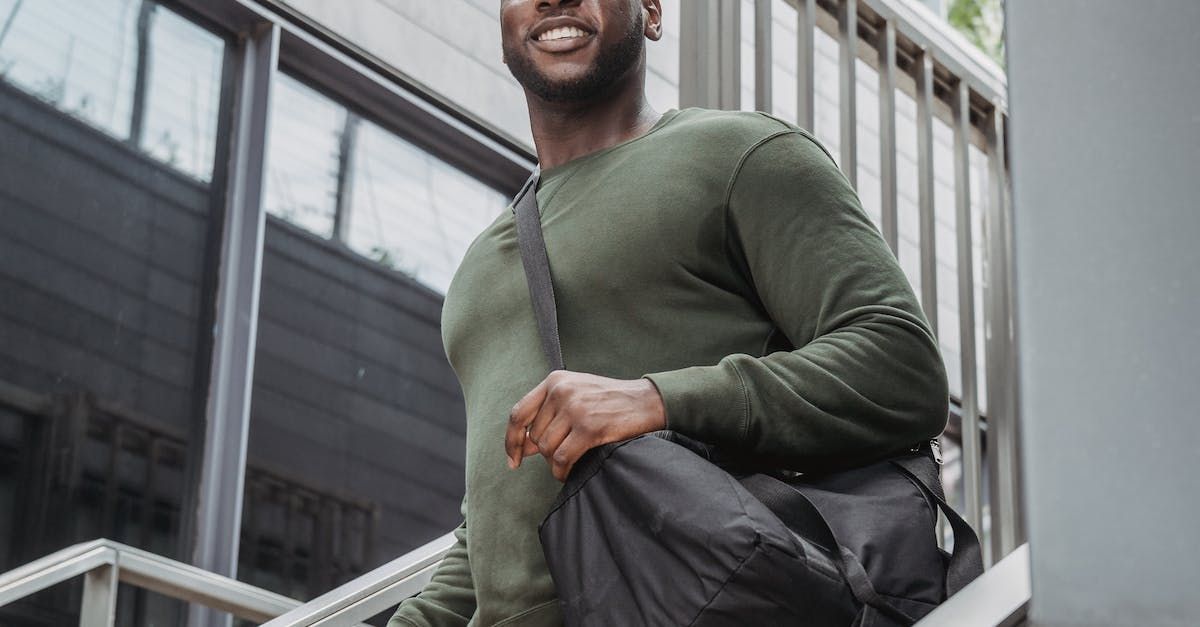Why Can I Only Carry My Bag On One Shoulder
Carrying a backpack hand bag, even across the body bag we all favour one way over another

There are a number of reasons why we seem to be able to carry a bag on one shoulder / side more easily then the other. My joke is that the side you are carrying the bag on has a special hook, but of course that is not true.
In truth what happens is the body is an Amazing Machine that is capable of making all sorts of compensations, the majority of which we do not even understand.
Lets say I always carry my back pack single shouldered on the right - it stays there but not on the left. This is because your right shoulder is ever so slightly raised in order to create that hook I was teasing about earlier. That would be too easy to spot though and the body at all costs tries to maintain a level horizon.
To style this out a little more there will be a very tiny side bending to the Left that shifts the weight of the bag so that it is not being pulled off your shoulder but in fact encouraged to stay in position. The heavier your bag the more you may notice this.
As I said the body tries to maintain the horizon so then in order to do this further, compensations can happen either in the neck : resulting in trigger points in the shoulder i.e. the knot in the shoulder or tight neck muscles and tension head aches.
The compensation pattern can also take place in the pelvis as it tries to balance things out but then this will have an effect on the whole spine.
My words of advice would be try and carry a bag on both shoulders or in both arms alternating as much as possible and the same is carrying a bag across your body. Alternatively carry a back pack on your back using both shoulders as it was designed for and then your body does not have to make up compensation patterns. This Compensation Mechanism may not cause you problems today or tomorrow but the pattern builds and because of something else this is found as part of the maintaining factors.
Elvina’s Osteopathic Clinic,
Banstead Road,
Ewell, Epsom, Surrey,
KT17 3HG.
Mob: 07960 941461
All Rights Reserved | Elvina’s Osteopathic Clinic | Website By
Infoserve |
Privacy Policy & Cookie Policy



